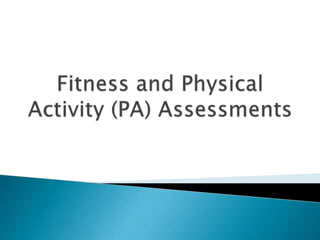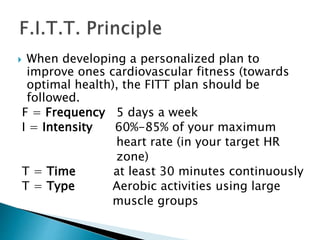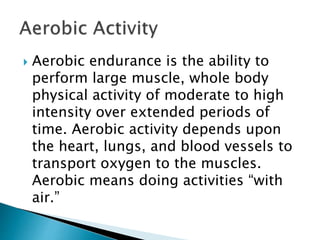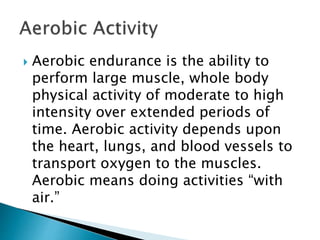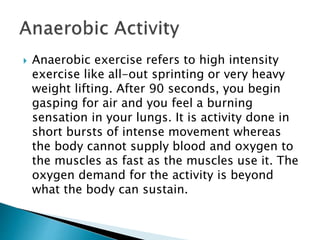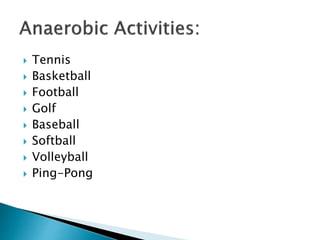This document discusses physical fitness and its various components. It defines physical fitness as overall well-being involving both physical and mental health. The main components of physical fitness are cardiovascular endurance, muscular strength, muscular endurance, flexibility, and body composition. Maintaining physical fitness provides numerous health benefits such as reducing disease risk and improving mood and quality of life. The document recommends developing a personalized fitness plan involving aerobic exercise, strength training, flexibility exercises, and other activities.
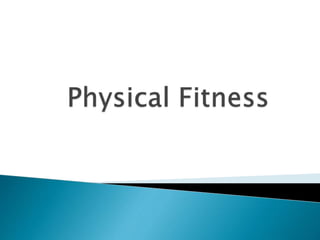




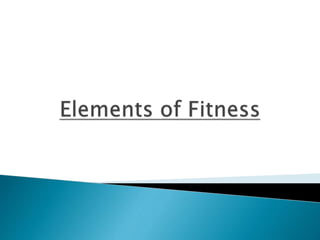




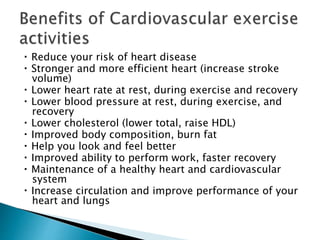
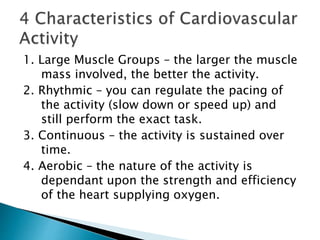
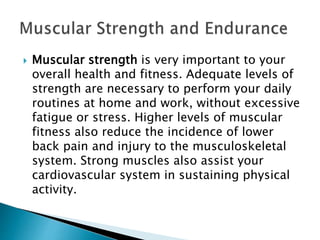
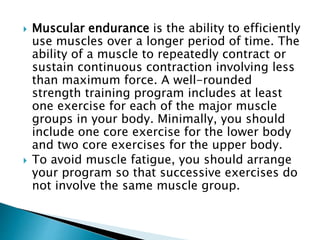


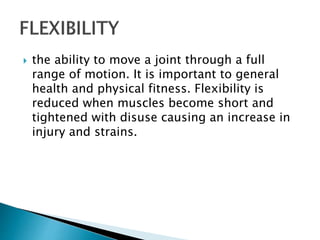
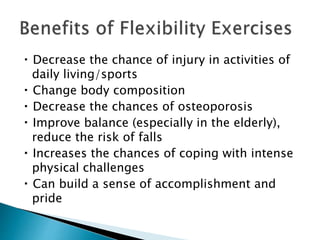


![ BMI= [weight in pounds/height in inches²] X
703](https://image.slidesharecdn.com/phatfit101-lesson-1-220929225449-53024373/85/PHATFIT101-LESSON-1-pptx-21-320.jpg)


